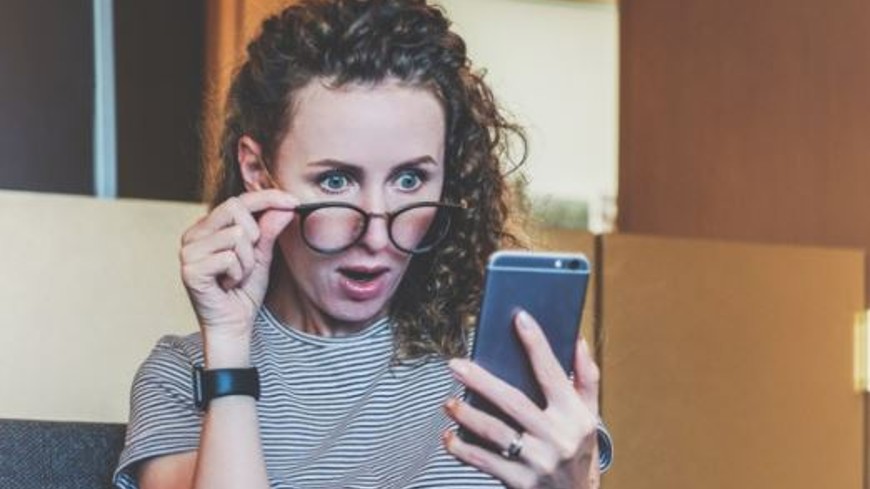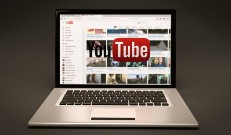Machines creating content and managing vast amounts of data independently: the stuff of dreams...or nightmares? Artificial intelligence or AI is slowly but surely pervading every sphere of life, from the friendly voice who greets us good morning in our connected residences to something more sinister. This month a famous South Korean chatbot, Lee Luda, was suspended having independently and spontaneously engaged in hate speech on social media platforms. It's time to take stock of the situation and the rules currently governing AI. The European Audiovisual Observatory has just published this free report on AI with particular reference to the audiovisual industries. What does this new technology mean for film and television production, advertising or the personalization of content via algorithms, for example? And what of the darker issues of auto-generated "fake news", the threat to media diversity and pluralism or data protection?
Download ARTIFICIAL INTELLIGENCE IN THE AUDIOVISUAL SECTOR here
This new report explores different AI issues from a legal standpoint and is divided into three parts.
The first part covers general umbrella issues.
Chapter one offers an invaluable explanation of what AI is, with a useful flash-back over its genesis and development. This chapter explores the difference between so-called 'black-box' AI where the artificial decision-making process is obscured, and explainable AI (XAI) where the mathematical processes can be tracked and analysed. The applications of AI and XAI are examined, with particular reference to Netflix whose model and algorithms determine which content the platform recommends to us.
Chapter two tackles the issues surrounding AI and Big Data. The regulatory issues concerning the collection and treatment of Big Data are explored. Clearly feeding our most private details as consumers and human beings into the AI machine raises serious questions concerning marketing and targeted political campaigns, for example.
Chapter three focuses on the implications of AI for freedom of expression in the field of journalism and news media. Artificial intelligence has clear repercussions throughout the chain of information production, from newsgathering where AI can be used to identify trends through rapid Big Data analysis (no more so than in the current pandemic) to the actual automatic production and authoring of text. Distribution of news via algorithms according to online behaviour also raises serious ethical questions. This chapter examines the legal and ethical challenges in this field.
The second part of this report focuses on specific fields of media law and policy where AI may have a profound impact on the future.
Chapter four turns our attention to the application of AI in the audiovisual field with a particular focus on distribution with resulting questions for the protection of cultural diversity. How does AI impact the distribution of online content via VOD or social media platforms, for example? One could argue that there has never been a time where so many films and programmes are available at a click. Does this extreme variety of content result in increased cultural diversity or, on the contrary, are we all prisoners of our own algorithms, forever trapped in our own filter bubbles which endlessly recommend ''similar content'?
Chapter five delves into the copyright issues surrounding machine produced content. Can a machine be considered as a legal person, author and therefore a copyright holder? Are AI generated works automatically in the public domain?
Chapter six drills down into the huge implications of AI for the world of advertising. If there is one audiovisual field which has been utterly transformed by the application of AI, it is surely advertising. Machines can now create intelligent advertising: advertising that understands individual consumers and can deliver tailored content at the right place, at the right time, and on the right platform. This extreme personalization of the advertising message is only possible through AI's capacity to track our individual online footprint and also to process vast amounts of this Big Data. But can AI also be used for good in the world of advertising, even increasing user protection and trust in some cases?
Chapter seven examines personality rights and AI. We can now make films, series and TV adverts using the image and voice of actors who are 'ghost acting' with a machine generated character grafted onto the real person thanks to motion capture technology. But this technology also allows the creation of 'deep fake' images where a face and voice of one person can be superimposed on another with totally convincing results, often for harmful purposes. We can now literally make anyone say or do anything onscreen due to this visual electronic wizardry. This clearly raises legal challenges in terms of privacy issues and intellectual property rights.
The third part summarizes the regulatory challenges raised by AI in the audiovisual sector.
The final chapter eight rounds off the analyses of this extremely rich publication by exploring possible approaches for a sustainable regulatory framework for audiovisual industries in Europe.





